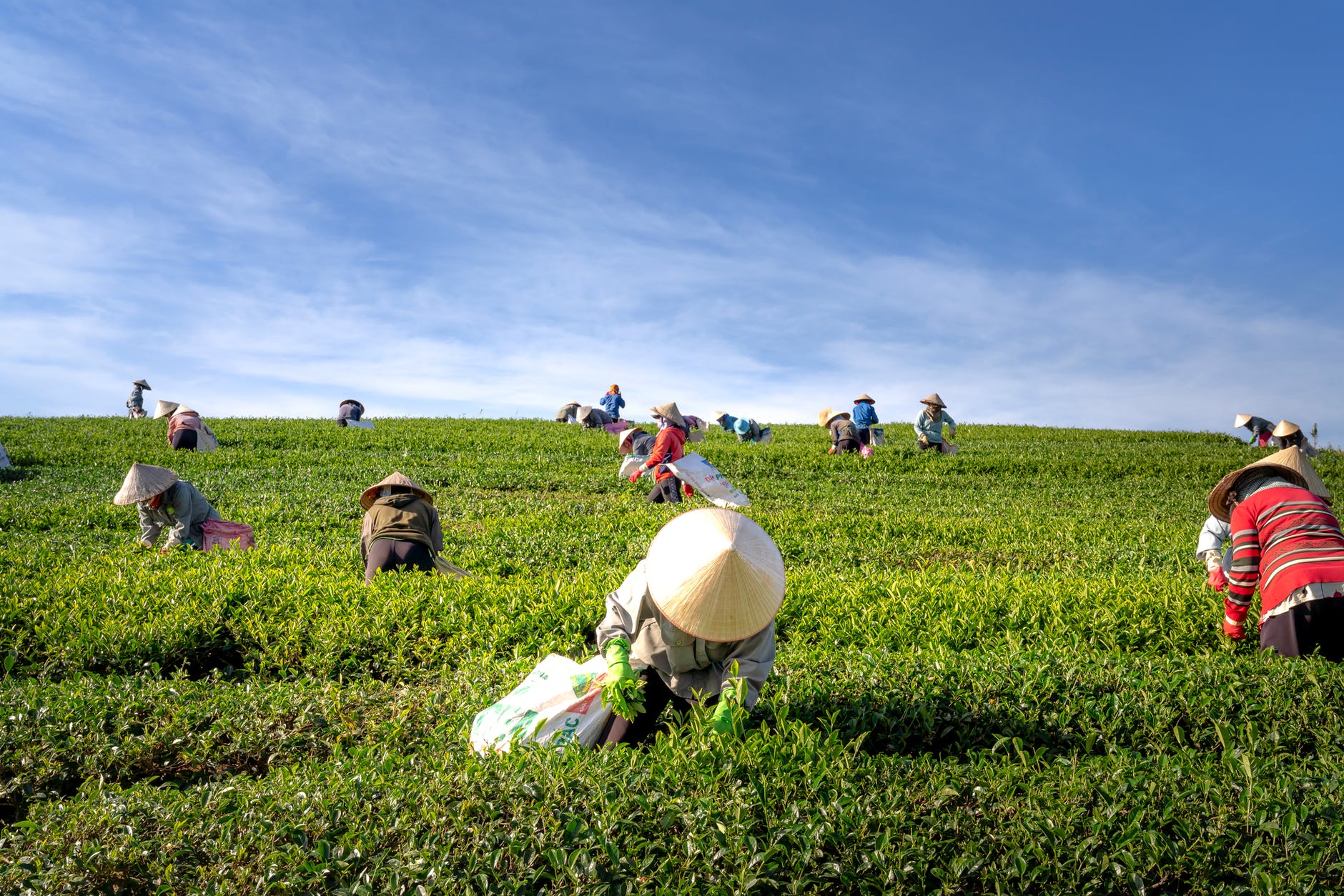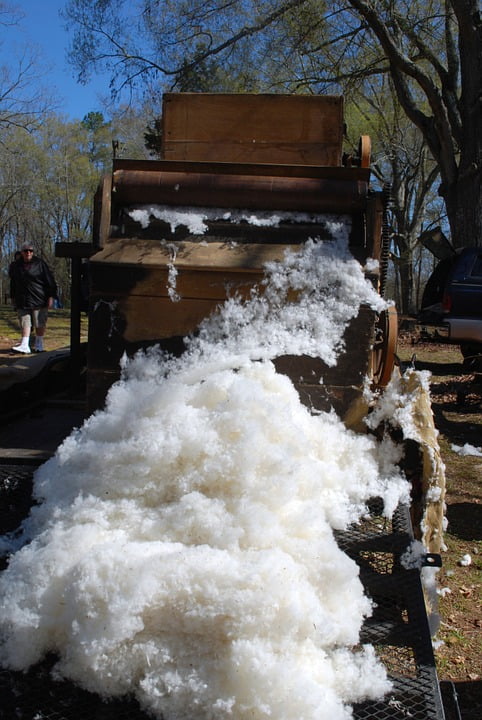Cotton harvesting in 2020 is a very technical endeavor. The growing process starts in spring with the planting of cotton seeds. Plants will reach full maturity after around 160 days and are ready to be prepared for harvesting. There are several steps to the preparation and harvesting of cotton, starting with the defoliation of the plants, shedding them on leaves. The next step is waiting for the bolls to burst open. Once these open, the cotton is ready to harvest.
Planting
Cotton farmers check the temperature of the soil at regular intervals while anticipating the planting season. As soon as the soil is warm, the cottonseed is planted. This is generally in springtime. The cotton plants emerge around five to ten days after planting, depending on moisture content and soil temperatures.
Growing season
A month or so after plants start to grow, flower buds, called squares, begin to develop, with flowers blooming a few weeks later. The flowers drop off, revealing a seed pod that produces the cotton after the plant is pollinated. From this stage, it generally takes four months or so for the boils to ripen and burst open.
Harvesting
Timing is critical for harvesting. Rain and inclement weather can cause significant issues with the overall yield, so it is imperative that harvesting take place before the rainy season starts. Harvesting timeframes vary based on location, with southern Texas ready as early as July and the northern parts of the cotton belt prepared in September. Harvesting the cotton before the season’s change is vital for getting the highest possible yields.
Machines are used to remove the bolls from the stalks. These machines, called cotton pickers, use spindles to twist the cotton from the burr. The seed cotton is then removed from the spindles by the doffers. A cotton stripper, which is another machine capable of picking cotton, uses rollers that are equipped with brushes and bats to knock the bolls onto a conveyor belt. After harvesting, each machine has air jets that will blow the seed cotton into a basket until dumped into a buggy.
Cotton Gin
Once the cotton harvesting has been done, the seed cotton is transferred to a module builder that creates cubes of cotton that weigh in at around 20,000 pounds each. The cotton blocks are then moved to a cotton gin that processes and cleans the cotton, removing the seed and lint from the cotton fiber.
The first step in processing is to remove the seeds, sticks, burrs, stems, and any other foreign contaminants. The moisture content levels are checks, which then determines the amount of heat that will be used to open the fiber up. Airflow and heat blow through the cotton as it passes through an incline cleaner. All of the large debris taken from the cotton is then kept in a pile that will later be used to create compost on the fields.
After going through the ginning process, the cotton lint is pressed tightly into bales. Once the bales are finished with the ginning process, have been pressed, and finally placed in containers, they are shipped to market.
The Off-Season
In the off-season, cotton farmers tend to the fields, planning on the next season’s crop. The decision to either crow more cotton or rotate crops will be followed by soil preparation and possible livestock grazing throughout the winter months. Farmers then use the leftover debris from the previous cotton harvest to create compost in the fields, adding nutrients back to the soil and lowering the need for pesticides on the plants for the next season. Rotating the crops in the fields keeps the dirt vibrant and able to sustain profitable growth for the following years’ harvest.
The Outlook of Cotton in 2020
The outlook for cotton in 2020 has been very positive. With the rains in Texas coming at the right time, yields exceeded expectations. The biggest issues now facing the cotton growers are the fluctuating prices on the commodities markets. With the higher yields, the growers are feeling more confident than in previous years.
Get High-Quality Replacement Parts for Your Cotton-Picking Machinery
Knowing this cotton outlook, and the need for your machinery to be ready for harvest will mean relying upon your cotton-picking machinery to be fully operational. If you need replacement parts for your cotton-picker, you need to be able to purchase products that you can trust. The team at Certi-Pik, USA offers high-quality aftermarket parts that will keep your operation running efficiently.
Read More:






























